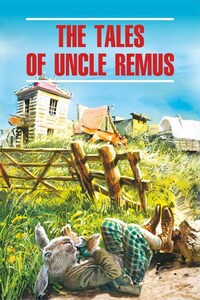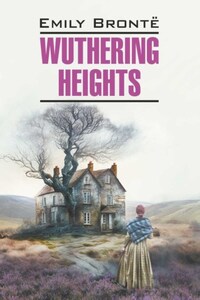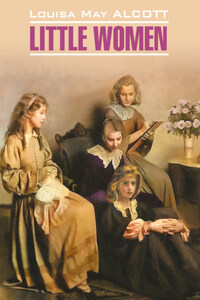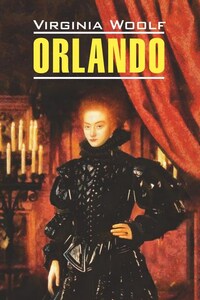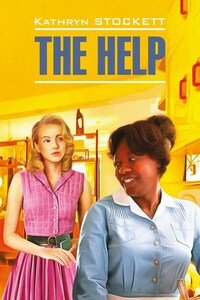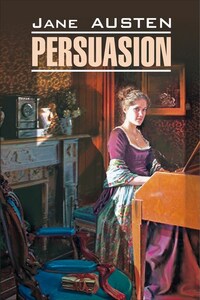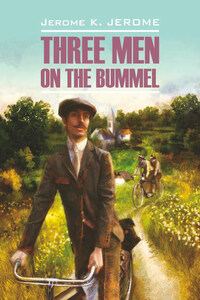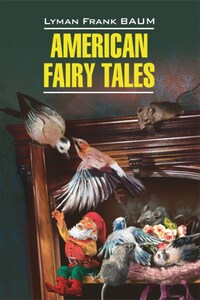My lasting memories of my grandmother are of her telling me stories. I know that she told folktales and fairy tales from many parts of the world. I cried when she told Andersen’s Little Match Girl – it was so beautiful and so sad. But my favorites, and I’m sure they were hers as well, were the Brer Rabbit stories. I howled with laughter when Brer Rabbit asked the Tar Baby “and how does your symptoms segashuate?” My grandmother did not attempt to use the dialect of Joel Chandler Harris because, even though she had been born on a Maryland plantation in 1862, she did not speak the way Harris interpreted slave speech. Her mother had told her the stories and she told them to me with love and affection as she sat in her favorite rocking chair in the middle of a large, old-fashioned kitchen. It was a way for her to entertain me as she watched her cooking.
In 1917 when I was old enough to go to school I still wanted to hear about Brer Rabbit and Miz Meadows and the gals, so I would rush home to be there by “pot-watching” time. “Grandma,” I’d ask, “tell about how Brer Rabbit tricked Brer Fox.” We would get comfortable[1] and start down Brer Rabbit’s road. Small, helpless Brer Rabbit always defeated his adversaries – the large animals – with his wit, humor, and wisdom. In my smallness I related to the clever little hare who could always get out of the most difficult situations through his sharp wit.
I soon wanted to read these stories myself, which led me to the only collections available, by Joel Chandler Harris. They were in a dialect that was like a foreign language and I could not handle it[2]. I was frustrated and, although I loved the stories, I was too impatient to struggle with the words. Grandmother died and the Brer Rabbit stories were put into the storage of my mind.
It wasn’t until several years later, in college, that I learned about the importance of these stories as true American folklore. Dr. Harold Thompson, a leading American folklorist, gave a lecture on people from the West Coast of Africa who had been captured and sold as slaves. Some were settled in the southern states where they took stories from home about a hare – Wakaima – and adapted them to their new surroundings. Wakaima became Brer Rabbit and the clay man became the Tar Baby. Learning about this made me turn to the books again, and once again I tried unsuccessfully to read them.
In 1937 I found myself in the 135th Street branch of the New York Public Library located in the heart of Harlem as a children’s librarian. One of the prerequisites of this position was to tell stories. I soon learned that these black boys and girls needed to be introduced to the humor and hidden philosophies of Brer Rabbit and his cohorts. Here was a contribution to their racial pride – to know that their black forefathers had first told these stories and, in so doing, had added to the body of American folklore. Many of them were sensitive to the slave setting that showed Uncle Remus telling the stories to the little white boy, so I eliminated that frame. It became obvious that the tales stood on their own as their African counterparts about Wakaima did.
One day a young, dynamic woman came to the children’s room and told me that she was a student in Lucy Sprague Mitchell’s Bank Street writing course. She had decided that her project would be to retell the Uncle Remus stories. Her name was Margaret Wise Brown, who later became an outstanding author of books for the very young. She too realized that the stories could be removed from their slave setting without losing any of their unique qualities. So she eliminated the figure of Uncle Remus and titled her project simply “Brer Rabbit” and subsequently had it published under the same title. But she retained the phrasing and speech patterns of Joel Chandler Harris because she did not have the rhythm and natural speech patterns of the southern blacks. A true translation and interpretation would come from within the black experience.
Despite the drawbacks in Harris’s text, I still loved the stories and appreciated Brer Rabbit as a cultural hero and a significant part of my heritage. However, I was telling the stories less and less often because of the dialect. Then in the late forties and early fifties the Harlem schools along with others with liberal philosophies in New York City were asking that their classes be given lectures on black history[3]. How could I represent our African background and the relationship between Africa and black America to primary grades? How could I show the fusion of the different African cultures and the cultures existing in America and the West Indies?
The answer came one day as I was planning a story hour. I would tell Wakaima and the Clay Man, discuss in simple terms the middle passage (the slaves’ experiences on slave ships), relate Wakaima to Brer Rabbit, and finally tell Brer Rabbit and the Tar Baby. Once again I would be telling the animal stories without a truly satisfactory book for the children. As a librarian and one who feels that storytelling is an ideal way to bring together children and books, my frustration grew.
